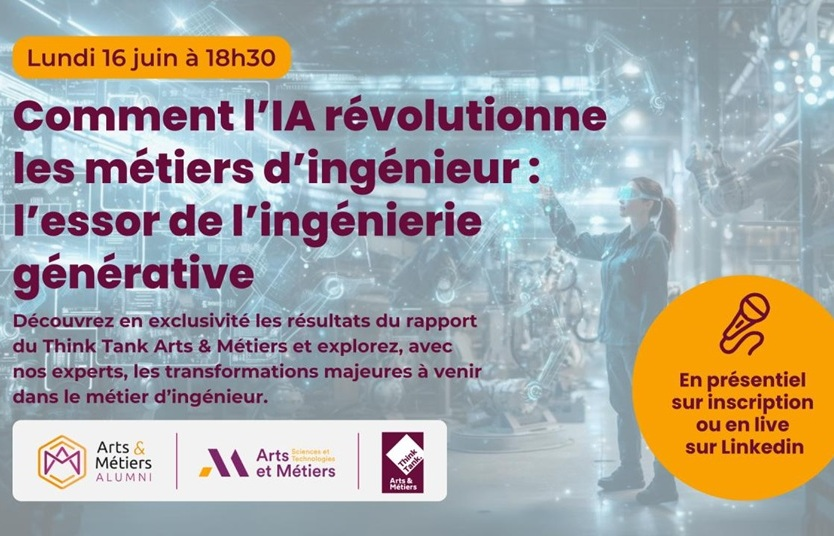Iprova disruption briefing — 3
In our last briefing, we highlighted 5 ways sports and fitness may change in the post-pandemic world. This week, we look at fashion and retail -especially the challenges that these industries face due to social distancing requirements- and we outline some surprising areas of disruption and opportunities for invention identified using our data-driven invention platform.
The impact of the coronavirus has hit the fashion and retail industries hard. Early on, fashion weeks were affected, supply chains were disrupted, and retails doors shuttered. Perhaps the most enduring effects, however, will be on consumer habits. Anxiety accompanying the pandemic has caused consumers to re-evaluate discretionary spending. For ‘digital-native’ generations, the focus has also begun to shift from the products themselves to the often-personalised accompanying experiences. Last year, Dutch digital fashion house, Fabricant, even sold a one-of-a kind virtual piece of clothing for $9,500. In 2019, this might have been shocking, but after the virus, it is easy to imagine purchasing a virtual outfit to wear to a Zoom party. Looking forward, into a digital future accelerated by the pandemic, here are five notable points of disruption:
1. AI clothing assistant… Beyond styling
Today, e-commerce is either our sole option, or is much more attractive thanks to shoppers’ concerns about the spread of coronavirus. As we adjust to making purchases online, the convenience becomes apparent, but we still crave the personal advice available in traditional retail environments.
Virtual shopping assistants are already deployed in many forms; Sephora’s chat bot can help you pick your lipstick in the middle of the night, and Amazon Alexa can give you a “Style Check”. Epytom will even outfit you over Facebook Messenger, based on your user data and the weather, and then sell you AI-designed made-to-order clothing. Shopping and dressing, however, are affected by much more than our personal style and the rain forecast. Imagine if your virtual assistant could suggest outfits based on your mood or order a new size of jeans before you had even noticed the toll of 2 months in quarantine. Sensors in your smartwatch could detect your temperature, heart rate, and breathing rate to estimate your mood, and track how your clothes make you feel when you look in a connected (or ‘smart’) mirror. Your weight gain could be predicted by your smart fridge and activity tracking. The growing number of connected devices in our environment will enable deeper, more seamless prediction of all our retail needs and desires. The prevalence of these devices in our everyday environment also opens up opportunities to invent more dynamic user privacy settings; allowing consumers to take advantage of increased personalization and other benefits but maintain control over their data.
2. Texture generation for online shopping
A major downside of online shopping is the inability to feel products before you buy them, but even a simple haptic device simulating weight, shape, and texture can enable enhanced understanding of a product’s physical properties. We expect to see a wide range of haptic interfaces and capabilities in the personal devices of the future. For example, French company Hap2U demonstrated the world’s first haptic smart phone display at CES2020. This could allow an online shopper to experience the texture of a product though their smartphone, enabling a better shopping experience and also reducing the rate of returns. E-commerce return rates run at 20 to 30 percent, and while often there is no cost to the consumer, the environmental cost is high. Rather than just demonstrating the texture of a given product, imagine if a haptic interface could also allow you to scroll though levels of softness when shopping for the perfect sweater.
3. Maker culture and fashion
Have you found a perfect fitting garment, to find it is only offered in a mustard colour you hate? Why not adjust the design yourself so that you get exactly what you want? The luxury market is already rich with personalisation options, such as Gucci’s DIY service that allows you to design knit wear, or Nike By You. Disrupted businesses and supply chains during the pandemic have also led to an acceleration of maker movements, with increasing activity focused on supplementing severely lacking PPE
(personal protective equipment). We see opportunity for this maker culture to permeate the fashion industry, as consumers are increasingly looking for more control and personalised, locally-sourced products.
While sewing machines are widely accessible, design tools are not. The journey of taking clothing from the imagination to realisation requires significant technical skill. We can, however, create new more intuitive tools that lower these barriers to design and manufacturing. For example, DeepArt enables users to become digital artists through the use of neural style transfer (NST) algorithms, and it is possible to do the same with apparel design. Imagine an entirely digitised pipeline that would allow you to design apparel and create a 3D CAD model with fitting and pattern development algorithms, which you could send to your local fabrication shop. For example, MIT’s Computer Science & Artificial Intelligence Laboratory (CSAIL) has developed a system that enables automated design and manufacturing of knitted garments.
4. ‘Fast Fashion’ to ‘Slow Fashion’
Giants like Inditex and H&M seismically shifted the fashion industry when they started churning out new designs as often as twice a week. Even designer collections are being released with increasing frequency, although these are often mismatched with consumer needs. For example, flowing resort dresses are in stock in the middle of London winter, and excess stock at the end of season results in long drawn out sales. Thanks to the pandemic, warehouses are full of un-purchased stock, and production is in disarray. These effects are only adding to the growing concerns over waste that fast fashion creates. Innovation to support a ‘slow fashion’ model might look like:
- Seasonally-ambiguous clothing that has adaptable insulative properties, so that you can wear the garment year round, indoors and outdoors. This would be a big step up from the zip off sleeves you had as a kid.
- Modular clothing that could be updated every season, rather than require the purchase of brand-new clothing. This could be enabled using a coating technology that allows textiles to “self-heal”, allowing for stitch-less updates to clothing.
5. Growing textiles
The pandemic has underscored the need for agricultural supply resilience and increasingly localised production. Indoor vertical farming has already taken root in Japan, inside aging electronics factories. This type of farming consumes 70% less water, and tunable LED lighting and nutrient delivery can be used to optimise size, taste, and colour of produce. These farms are characterised by a huge number of connected sensors that monitor plant properties. Meanwhile, the desire for sustainable plant-based textiles such as Tencel has been growing. Today, the majority of vertical farms grow leafy greens due to their lower energy requirements. However, imagine if we could grow fibers for textiles using vertical farming technologies. Rather than optimising for a certain flavor, we could optimise the fiber and resulting textile for a given softness, the ease for which it could be dyed, or durability. In the future, we could even imagine “living luminescent clothing”, made from glowing plants.
More from our feed
How AI is Redefining Engineering: Iprova at the Arts & Métiers Event
Read more
Webinar – Harvesting Intellectual Capital: How AI is changing the game for attorneys and inventors
Read more
Iprova unveils high-performance data-driven invention software release
Read more